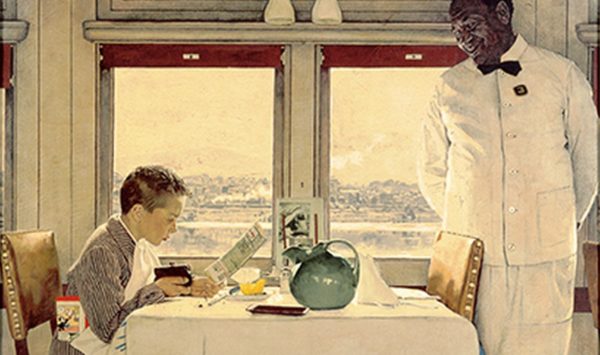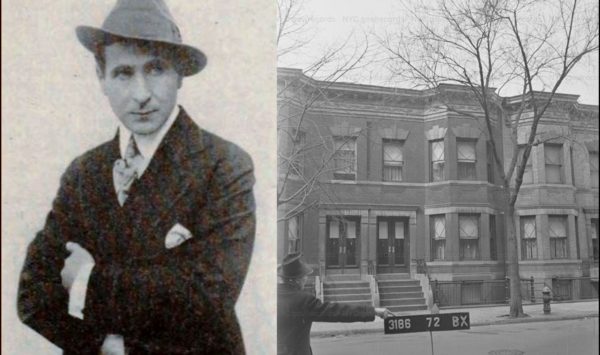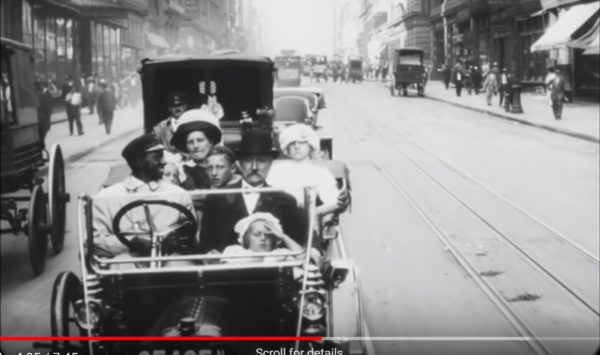A BLACK PORTER ON WHITE 12TH ST (1901)

******************************************************************************************************************************** Brownstone Detectives investigates the history of our clients’ homes. The story you are about to read was composed from research conducted in the course of one of those investigations. Do you know the history of YOUR house? ******************************************************************************************************************************** Back in Victorian Brooklyn, segregated neighborhoods were the norm. The only blacks that most whites expected to see on their streets were those who worked there as maids or who participated in other working class trades. Blacks – commonly referred to then as “coloreds” or “Negroes” – rarely lived cheek-and-jowl with whites. On the rare occasion that a black family moved into a white neighborhood, an enormous amount of pressure was usually placed upon the family to move out immediately. It was for this reason that most neighborhoods remained segregated by the turn of the century. One such “Negro” family moved into the Gowanus section of Brooklyn in 1901, at No. 198 Twelfth Street, between Third and Fourth Avenues. It was not long before the family’s new white neighbors started to show their own colors as they began – very publicly in the newspapers – to register their extreme displeasure and disgust at the “intruders” on their block. This was a very highly charged story, to be sure, but was it factual? Or, was it generated to sell a house? The Brownstone Detectives investigated… WHOLE BLOCK EXCITED OVER ADVENT OF NEGROES… This story took place in the summer of 1901. Reported by the Brooklyn Daily Eagle, it seemed a sensationalist piece, […]
SNIDELY WHIPLASH IN THE BRONX (1921)

******************************************************************************************************************************** Brownstone Detectives investigates the history of our clients’ homes. The story you are about to read was composed from research conducted in the course of one of those investigations. Do you know the history of YOUR house? ******************************************************************************************************************************** In 1921, a “picture actor” by the name of Paul W. Panzer had gone broke. Panzer, recently flush with cash, had filed a “voluntary petition in bankruptcy” for liabilities totaling approximately $2,500. The debts appeared to be to a number of sources – a loan to a recently formed Long Beach production company of which Panzer was a trustee, money loaned to him and several other “film people” (possibly also to the same production company), as well as, amongst others, a loan that was endorsed by two very well-known and successful actors of the time, Sheldon Lewis and King Baggot (Baggot, an international movie star, was referred to – at various times – as “King of the Movies,” “The Most Photographed Man in the World” and “The Man Whose Face Is As Familiar As The Man In The Moon”). In the petition, Panzer, gave his address as “2257 Walton avenue,” where he rented a 2-story and basement rowhouse and, according to the 1920 Federal Census, lived there with his wife, their 8-year-old daughter, and their 6-year-old son. Panzer’s bankruptcy was certainly a low-point for the actor who rose to fame just half a decade earlier as the infamous villain of the smash 1914 serial silent film, The Perils of Pauline, a […]
